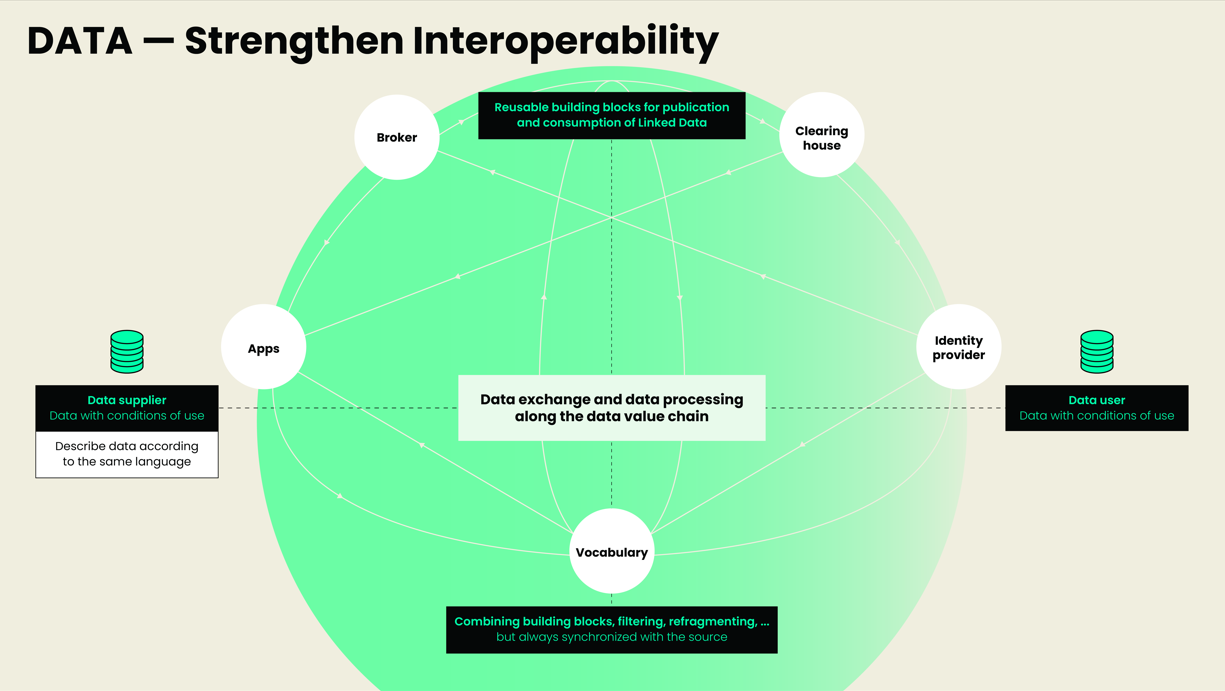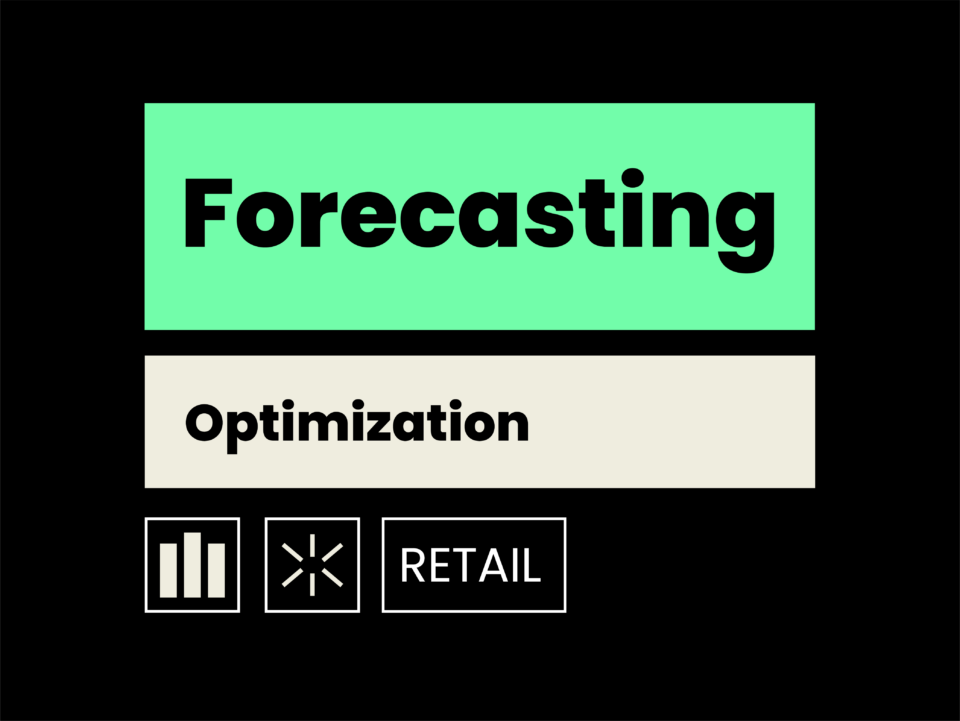Unlocking data silos
Promoting data interoperability between public and private sectors
01. Question
In today’s society, the importance of data exchange can hardly be overstated. It’s not only private enterprises that are focused on breaking down data silos to ensure seamless information flows across departments, suppliers and end clients. Spurred on by an increased emphasis from the EU, public sector organisations across the continent are stepping up their game when it comes to facilitating data interoperability – both between government departments and in interaction with private-public partnerships.
In light of this trend, a major public sector organisation in Belgium decided it wanted to facilitate interoperability between the public and private sectors in the country. They set to work on a decentralised solution to establish a shared ecosystem designed to simplify the sharing, publication and reuse of data among various stakeholders. This involves the creation and promotion of specific data standards across different use cases and data spaces – for example, in the health and mobility sectors. While our client is laying the groundwork for any organisation to utilise, a significant portion of the effort is naturally geared towards government-related use cases.
02. Process
In the data spaces of our public sector client, a major focus is on crafting open-source building blocks as a tool for data sharing. The project also prioritises establishing a robust governance structure for multi-party data exchange. Additionally, they aim to focus sufficiently on the incentives for software providers to join the initiative. While the hands-on task of implementing the software to unlock these data spaces was delegated to a third party, our client sought assistance with specific development and implementation challenges and the ongoing dialogue with external project partners.
Responding to the client’s public tender calling for reinforcement of their internal data spaces team, one of our Addestino consultants joined as an embedded expert. The client was in need of a business analyst who could quickly grasp the existing body of work and subsequently integrate into the team. Key areas of focus for further refinement included the governance structure and promotion of a shared vision for the project. Open questions included the shaping of data standards, strategies for maximum participation from public and private sector partners, and potential business models beyond the initial funding stage of the data interoperability project.

03. Insights
Similar to our short-term projects, where we aim for maximum impact within a tight timeframe, we also undertake extended, embedded assignments like these to support the development and execution of a long-term vision for organisations. Leveraging our core strengths, we adapted to the client’s complex environment by tapping into our technical expertise and prior experience with migration tracks. This way, we helped to manage and monitor supervised use cases within the team. In addition, we assisted in shaping the organisation’s 2024 roadmap, drawing insights from a mix of team input and official documents and guidelines.
04. Results
In line with the project’s long-term nature, our involvement in the client’s team unfolded by contributing to the long-term vision. Our focus centred on crafting the 2024 roadmap and subsequently finding ways to facilitate data interoperability. Going forward, our consultant will help to shape public training sessions for stakeholders and take on the responsibility of conducting some of the more business-oriented training sessions. Looking ahead, we plan to participate in the quarterly advisory boards with stakeholders, gathering fresh insights and collaborating on the project’s evolving business model. In this project, our added value lies in swift contributions within the context of an embedded role, thanks to the combination of fast onboarding and information processing. As always, they are supported by our distinct methodologies and the collective experience of our team.
Want to know more about this case?



